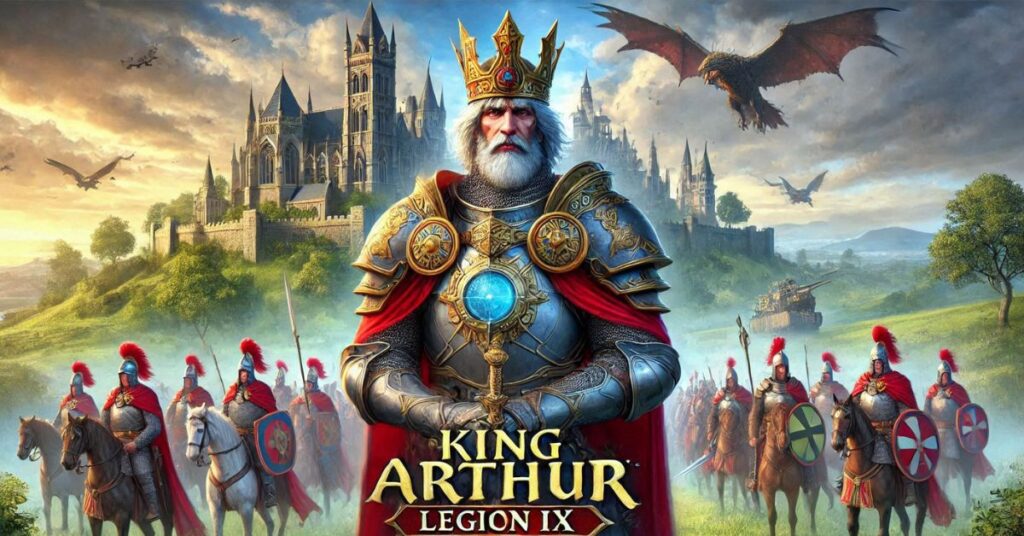Historical maps are amazing tools that help us understand the geography, culture, and history of a nation. The old map of Mexico is especially interesting because it shows how Mexico’s land, politics, and culture have changed over time. From maps made by indigenous people to detailed ones by European explorers, these maps tell the story of Mexico’s past. By diving deeper into their details, we uncover fascinating stories about Mexico’s evolution, its people, and its place in the world.
Indigenous Mapping Traditions
Before Europeans arrived, the indigenous people of Mexico created maps, one of the first steps to old map of Mexico, to show their lands, trade routes, and sacred places. These maps were not like modern ones—they often used symbols, colors, and drawings to represent important features. For example, rivers, mountains, and villages were depicted in ways that reflected their cultural importance rather than just their geographic location. These maps were often included in codices, which were written records that combined historical events, religious stories, and geographic information. The Codex Mendoza is one such example, showcasing how Aztecs understood and organized their world. Indigenous maps reveal a deep connection to the land and offer a perspective on how early civilizations viewed their environment.
Significant Cartographers and Their Contributions
Many famous cartographers contributed to the old map of Mexico. For example, Abraham Ortelius, known for his 1607 map “Gvastecan Reg.,” depicted northeastern Mexico with Aztec and pre-Columbian place names. These cartographers not only created maps but also influenced how people understood geography during their time. Their work reflects the combination of scientific discovery and artistic expression that characterized early cartography.
The Role of Maps in Colonial Administration
Maps were essential tools for colonial powers to control and administer vast territories like Mexico. They were used to establish administrative boundaries, manage resources, and plan settlements. These maps also helped colonial authorities communicate the extent of their territories to the European monarchies that supported their efforts.
Artistic Elements in Historical Mexican Maps
Historical maps of Mexico often included beautiful artistic details. Cartographers used decorative elements, such as ornate borders, mythical creatures, and vibrant colors, to make their maps visually appealing. These elements not only added aesthetic value but also reflected the cultural and artistic styles of their time. Such maps were often considered works of art as much as tools for navigation and governance.
Early European Maps
One of the oldest known maps of Mexico is the Santa Cruz Map (also called the Uppsala Map), made between 1550 and 1556. This map shows Tenochtitlán (now Mexico City) and its surrounding areas in remarkable detail. It highlights the city’s advanced urban planning, including its grid-like streets and canals. This map was created shortly after the Spanish conquest and reflects how Europeans interpreted indigenous lands. Another significant map from this period is the work of Hernán Cortés, who sent sketches of Tenochtitlán back to Spain. These early maps were used not only for exploration but also for colonization and resource management.
Maps After Independence
When Mexico gained independence from Spain in 1821, it faced the challenge of defining its borders and regions. The 1824 Map of Mexico is an important document from this time. It shows the country’s vast territory, which included modern-day Texas, California, Arizona, and New Mexico. This period was marked by frequent disputes over land, both within Mexico and with neighboring countries. For example, the loss of Texas in the 1830s and the eventual U.S.-Mexican War in the 1840s were events heavily influenced by unclear and contested borders. These maps played a crucial role in negotiations and treaties, such as the Treaty of Guadalupe Hidalgo, which ended the Mexican-American War and resulted in Mexico losing almost half its territory.
Maps as Tools for Indigenous Land Claims
In modern times, old map of Mexico has been used by indigenous communities in Mexico to assert their land rights. These maps provide evidence of traditional territories and land use, helping communities defend their claims in court. This demonstrates the ongoing importance of old map of Mexico, not just as historical artifacts but also as tools for social and legal justice.
ALSO READ: Understanding the McKeown Law LLP Appeal Process
Changes After the Mexican-American War
The Mexican-American War (1846-1848) was a turning point in Mexico’s history, and maps from this time reflect the dramatic changes in its territory. The Map of Mexico, Texas, Old & New California, and Yucatan (1847) is a striking example. It shows the extent of Mexico’s land before the war and highlights the areas that were ceded to the United States afterward. Maps from this era also reveal how cartographers’ biases and inaccuracies shaped public perceptions of territorial claims. For instance, some maps exaggerated certain features to emphasize the size or importance of specific regions.
Modern Maps in the 19th and 20th Century
By the late 1800s and early 1900s, Mexico was undergoing modernization. Maps from this time began to focus more on infrastructure, such as railroads, highways, and trade routes. The 1913 Map of Mexico is a great example of how maps started to highlight economic development and connectivity. Railroads were especially important, as they linked cities and allowed goods to move across the country more efficiently. New technologies, like lithography and precise surveying tools, made maps more accurate and easier to produce. This period also saw an increase in maps used for tourism, showing Mexico’s natural beauty and historic landmarks.
The Impact of Technological Advancements on Cartography
Advances in technology have significantly changed mapmaking. Early cartographers relied on basic tools like compasses and measuring chains, while modern cartography uses satellites and Geographic Information Systems (GIS). These tools have made maps more detailed and accurate, allowing us to study old maps with a better understanding of the changes that have occurred over time.
Preserving Old Maps
Old maps are fragile and require careful preservation. Efforts are being made by libraries, museums, and historians to restore and protect these valuable artifacts. Digitization is one of the most effective ways to preserve maps while making them accessible to the public. For example, the Library of Congress and Mexico’s National Institute of Anthropology and History (INAH) have large collections of historical maps that are now available online. Through projects like Google Earth, people can explore these maps and even compare them to modern satellite images. Preservation efforts not only save the maps themselves but also the stories and knowledge they hold.
How to Find Historical Maps
If you’re interested in exploring old maps of Mexico, there are many resources to help you:
- OldMapsOnline: This website offers a huge collection of historical maps from all over the world, including Mexico.
- The Antiquarium Antique Maps: This collection focuses on maps made by famous cartographers from the 1500s to the 1800s.
- Google Earth and INAH: A partnership that lets users explore historical maps and visit important sites in Mexico virtually.
- University Libraries: Many universities, such as UNAM in Mexico, have archives of old maps available for study.
Why Historical Maps Matter
Old maps of Mexico are more than just drawings of land; they are windows into the past. They show how people understood their world, how countries changed over time, and how geography influenced history. Maps can also reveal cultural values and priorities. For example, indigenous maps often emphasize sacred places, while colonial maps focus on resources and trade routes. By studying historical maps, we can learn about the challenges and achievements of different periods in Mexico’s history.
Conclusion
The “old map of Mexico” is not just a piece of history; it’s a link to the past that helps us see how the country evolved. From ancient indigenous maps to detailed European ones, these maps are valuable tools for learning about Mexico’s journey through time. They inspire us to explore and understand the rich history of this fascinating nation. Whether you’re a historian, a student, or just someone curious about the past, these maps offer endless opportunities for discovery and learning.












